Chapter 1, Part 12
In the land of the Tamils in the southern part of the Indian subcontinent, powerful dynasties once fought against each other for regional supremacy. In the mid-sixth century AD, the Pallavas rose to prominence and ruled much of southern India for more than three centuries until a series of conflict with the Pandyans – another influential Tamil dynasty – weakened their position, and provided a rare opportunity for the Cholas – a second-century BC Tamil dynasty long shadowed by other, more influential dynasties – to reemerge in the mid-ninth century AD.
Not only did the nascent Chola Empire defeat the Pallavas and put the Pandyans under their control, but it also gradually expanded its territory from the empire’s capital in Thanjavur to all four directions through military conquests and political marriages. Ruling the empire at the turn of the second millennium, Rajaraja Chola I is remembered as one of the greatest kings in the empire’s history who successfully held sway a vast territory stretching from Lakshadweep and the Maldives to much of southern India and the island of Lanka. As was the fashion for great kings to commemorate the achievements they made, Rajaraja Chola I built a monumental temple dedicated to Shiva at the heart of Thanjavur.
Brihadeeswarar temple, completed in 1010, was a beacon of the empire’s military prowess as well as cultural and artistic accomplishment. Built to the height of 61 meters, the vimana (tall structure above the main sanctum) is still the highest of its kind in the world, even long after its completion. Inside the sanctum, a massive lingam (a symbol of Shiva), twice as tall as an adult man, resided underneath a towering vimana crowned by an 80-tonne round sikhara. Every aspect of the temple – Rajaraja’s magnum opus – is a testament to his ambition and passion.
At its height, the Chola empire’s influence was not only limited to its dominion, but it also spread across the Indian Ocean to parts of Southeast Asia. Under the rule of Rajendra Chola I, Rajaraja’s successor, the empire conducted military raids beyond its traditional realm, owing to its formidable naval forces.
The Sumatra-based Buddhist kingdom of Srivijaya, for centuries the dominant power in maritime Southeast Asia, broke its alliance with Java-based Medang kingdom following the return of Hinduism to the Javanese royal court. As the Chola’s influence grew to the east, and the Khmer empire rapidly expanding its influence to the west and south, Srivijaya found itself in an unfavorable situation where powerful Hindu kingdoms surrounded and gradually encroached its peripheries.
At the time when Rajendra I ruled the Chola empire, Suryavarman I as the king of the Khmer empire had a grand ambition to conquer much of continental Southeast Asia. However there was one obstacle: most of what is today peninsular Malaysia and southern Thailand belonged to the Buddhist kingdom of Tambralinga, an ally of Srivijaya. Suryavarman sought help from a fellow Hindu king across the ocean to the east to conquer Tambralinga, strategically located at the main sea trade route between China and India. Threatened by Suryavarman’s ambition, the king of Tambralinga turned to Srivijaya for help, and when the news came to the Chola king, he prepared a surprise attack against Srivijaya.
Instead of taking the usual north route into the Strait of Malacca, where Srivijaya had heavy military presence, the Chola military vessels sailed to the western coast of Sumatra then went southward toward the Sunda strait before launching a surprise attack to Palembang, the capital of Srivijaya. Completely unaware of the hostile forces coming from the south, Palembang fell, and not long afterward so did Srivijayan important ports in both the eastern coast of Sumatra and the western coast of the Malay peninsula. The event marked the decline of the once formidable maritime power of Southeast Asia, further weakening Buddhism in the region.
However, in the valley of Irrawady (Ayeyarwady) river far in the north, a political dynasty was just beginning to consolidate its power. Anawrahta, the local ruler at that time, set a solid foundation for the dynasty that would grow into one of the most eminent Buddhist empires the region has ever seen with impressive legacies that lasted for centuries.
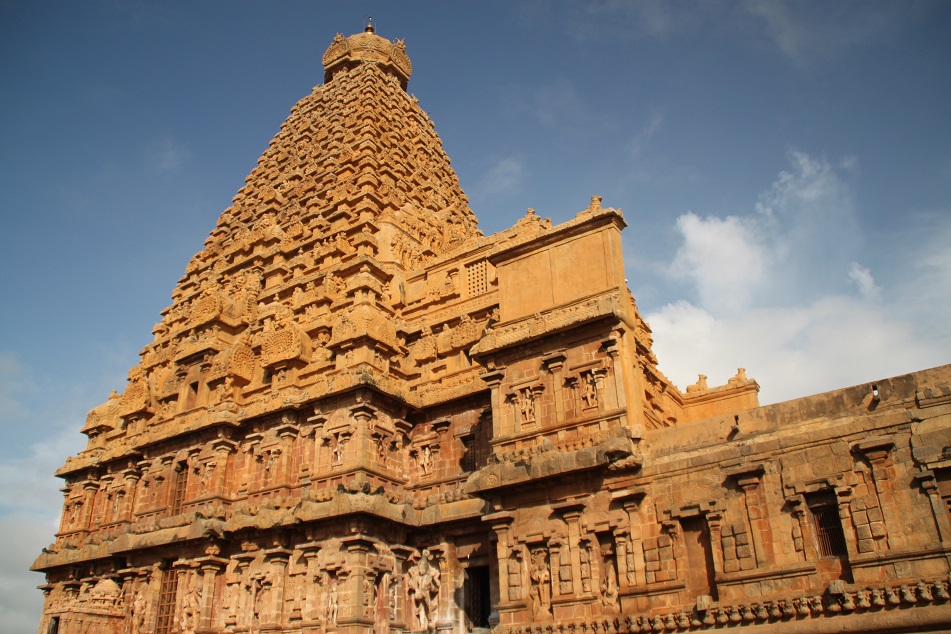
At 61 m (66 m according to other sources), Brihadeeswarar Temple’s Vimana is the Tallest in the World
Click here for the full list of stories from the Spice Odyssey series.
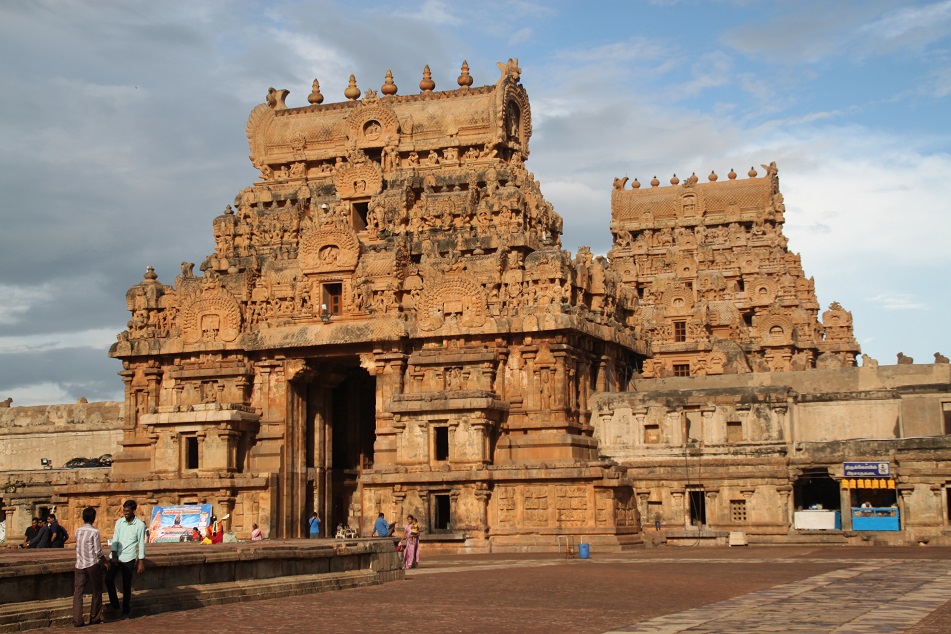
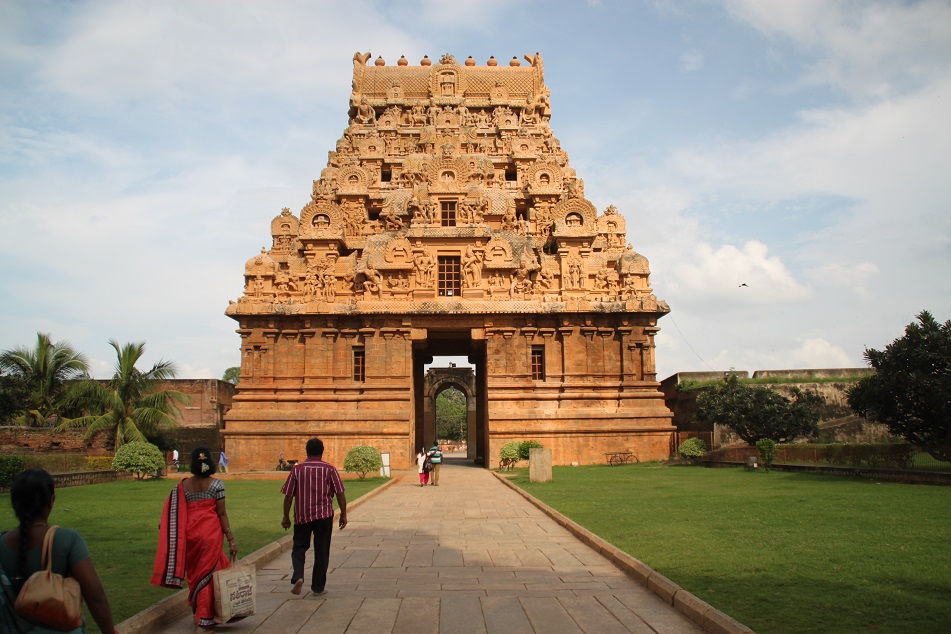
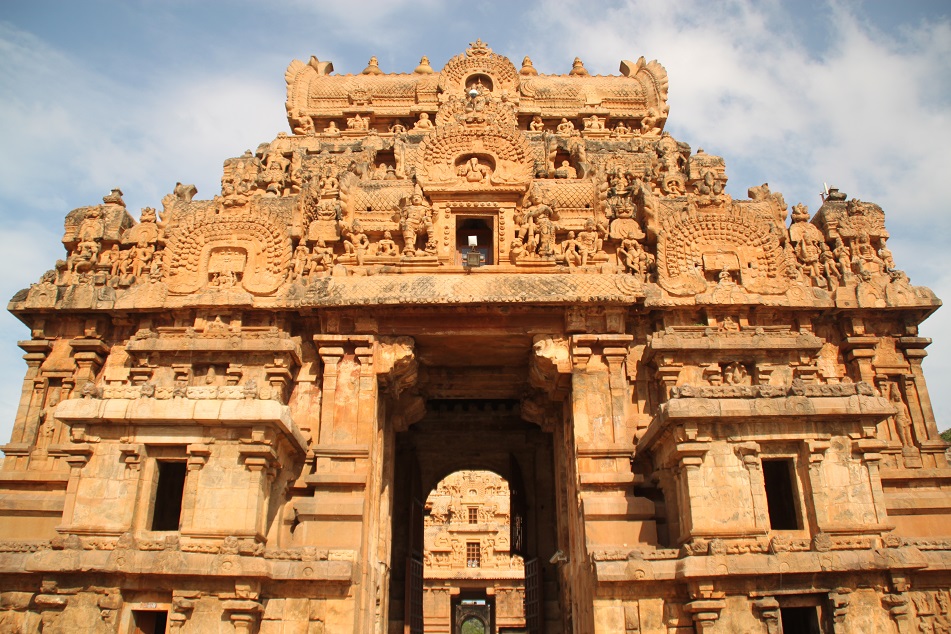
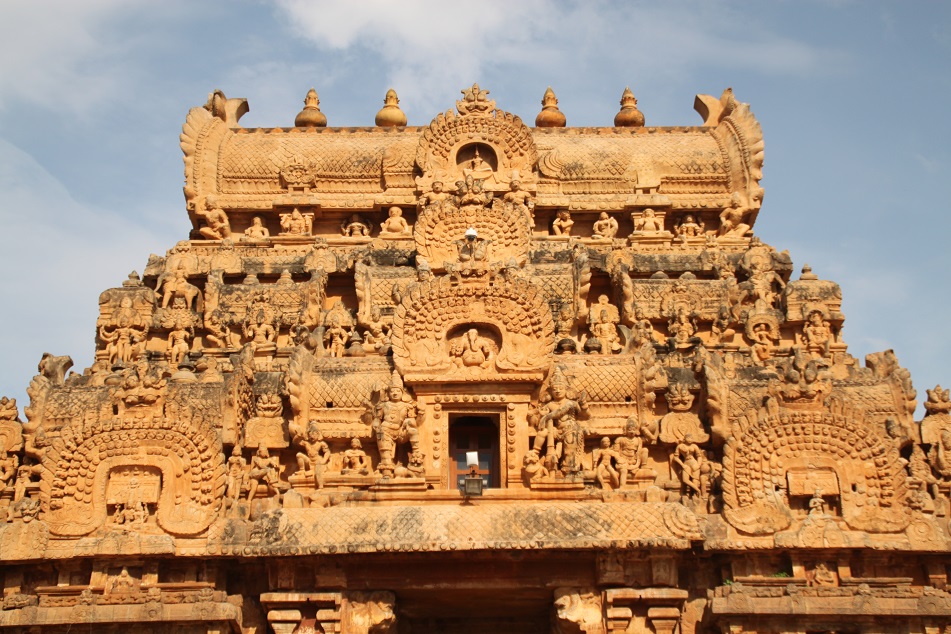
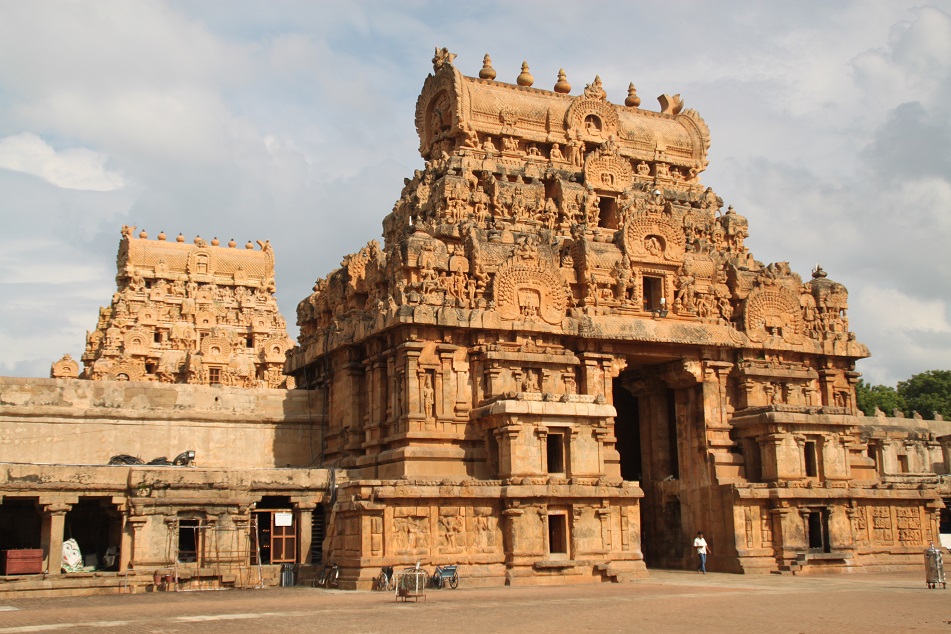
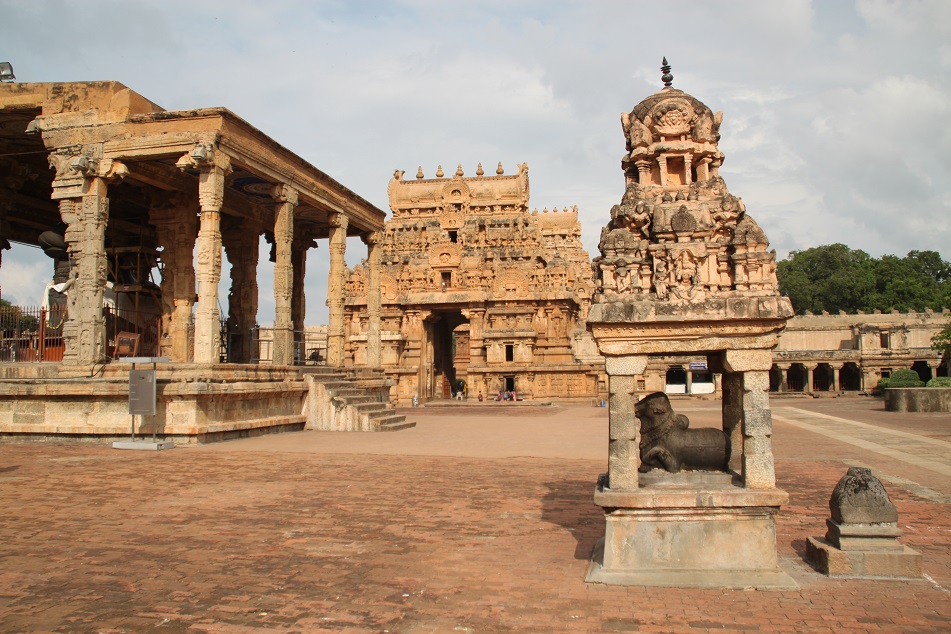
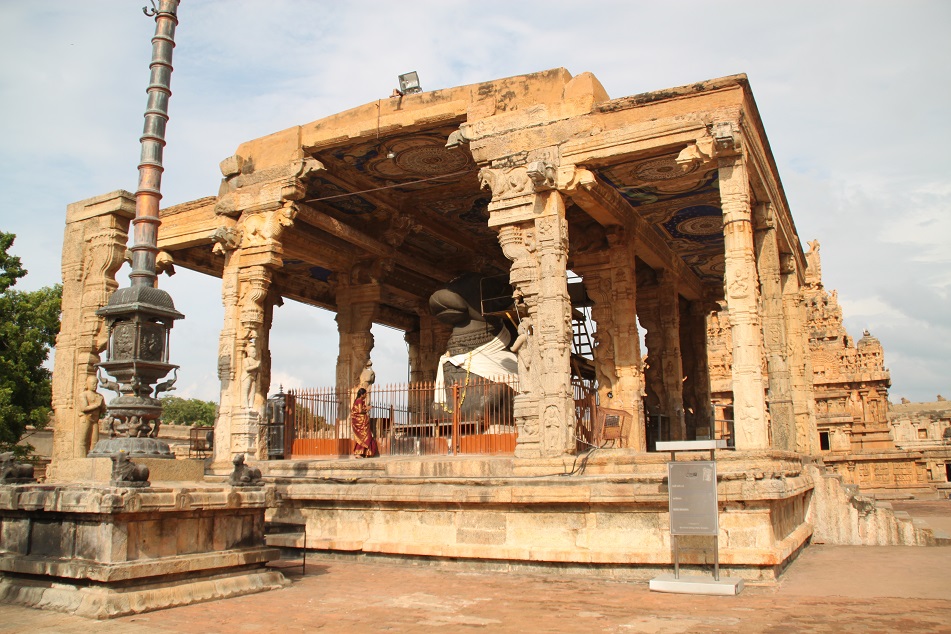
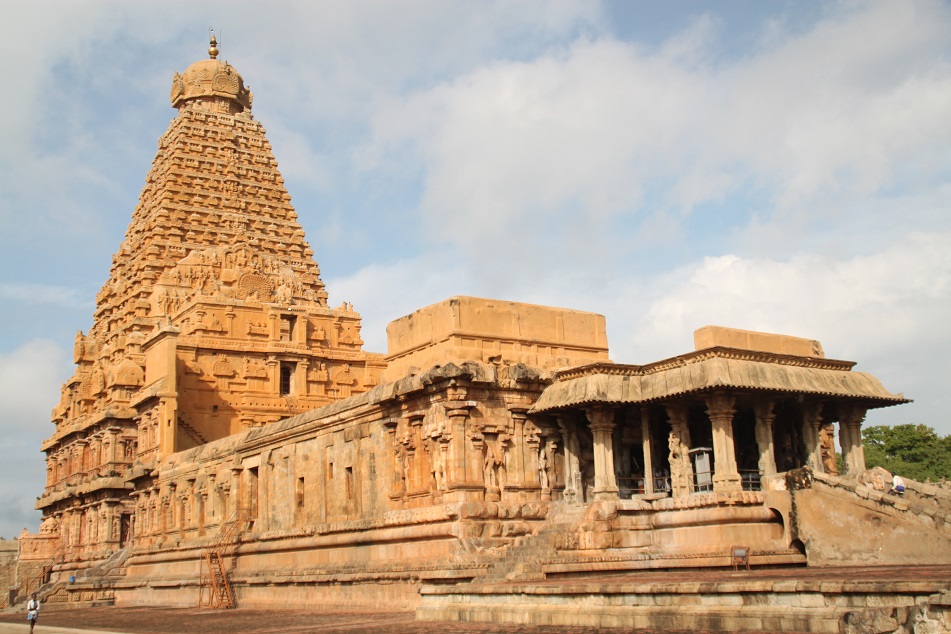
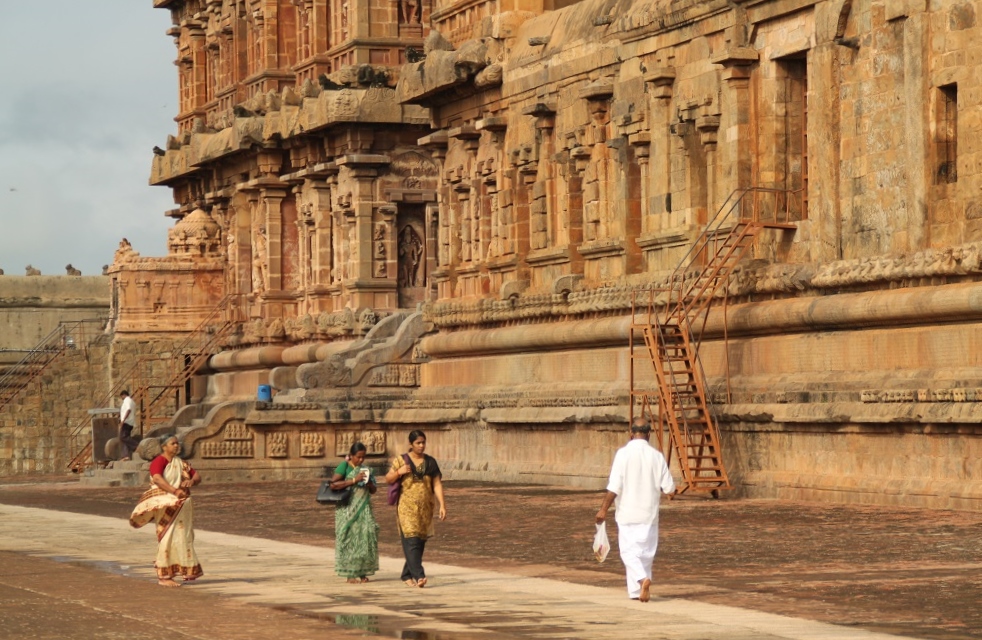
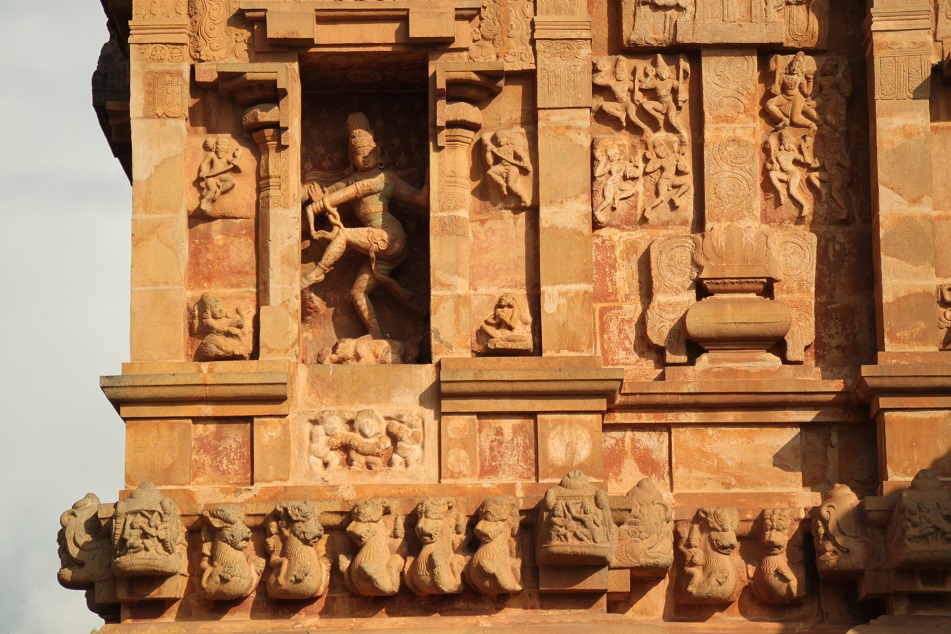
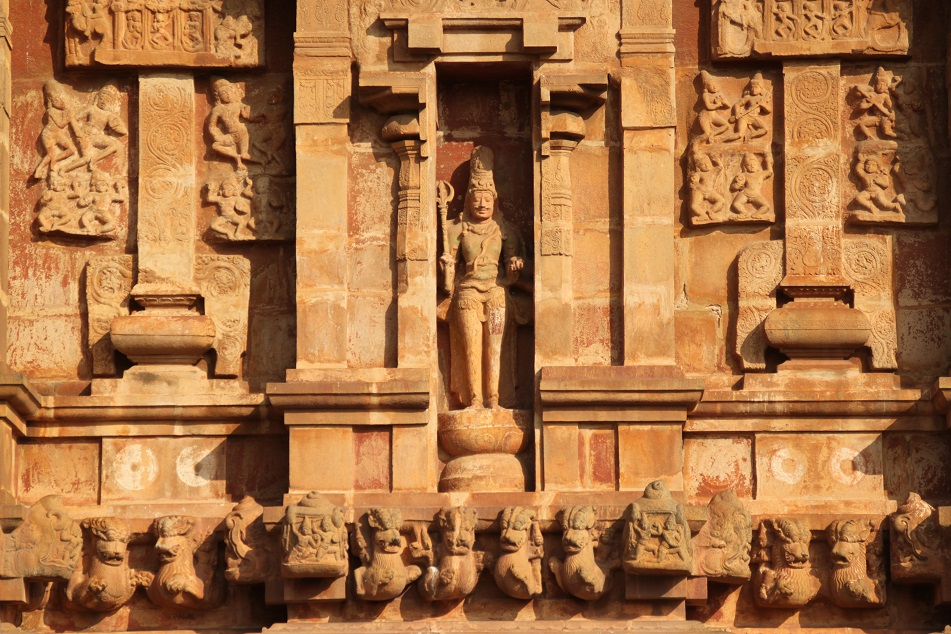
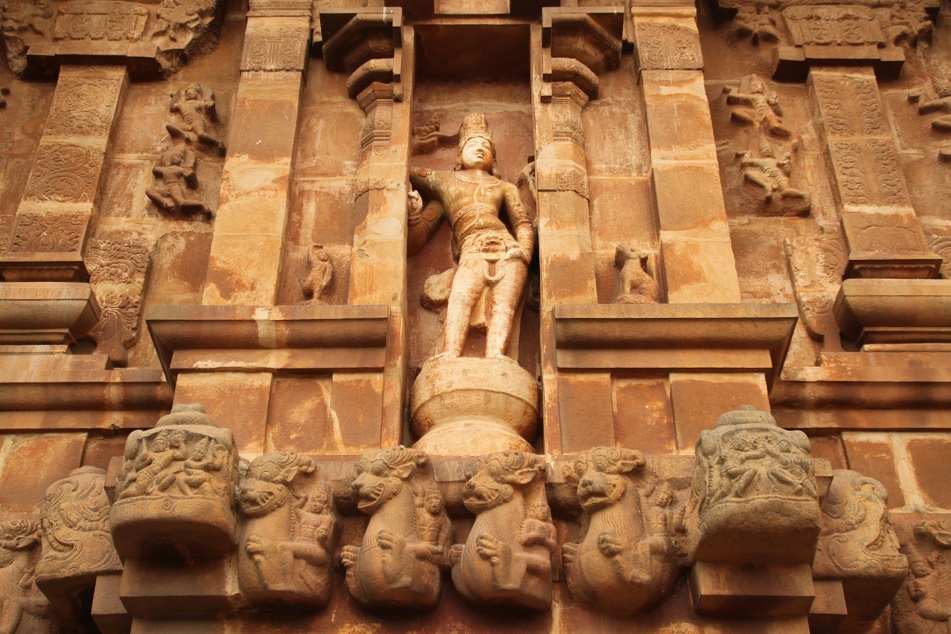
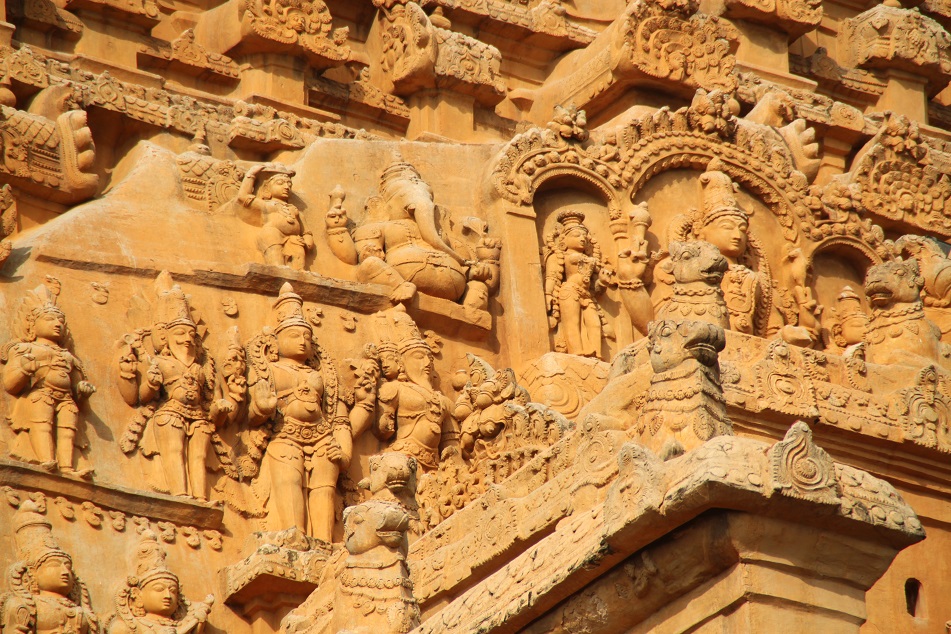
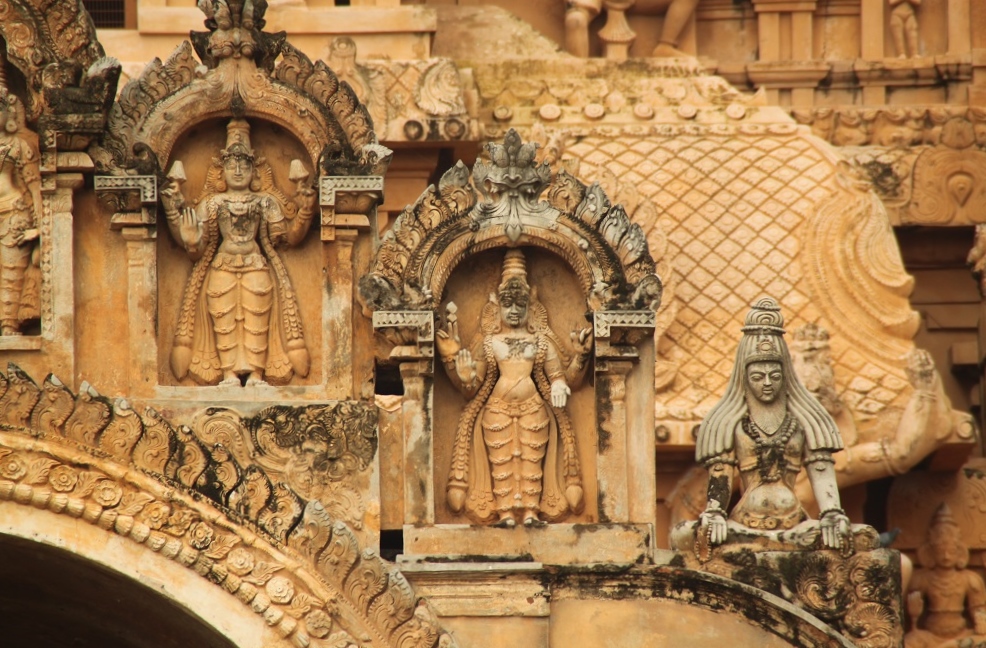
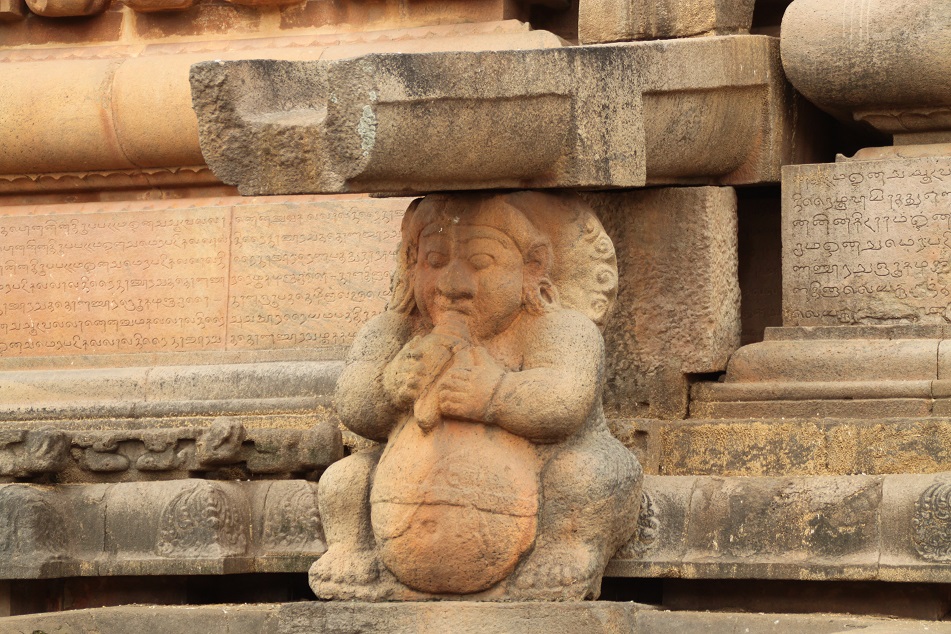
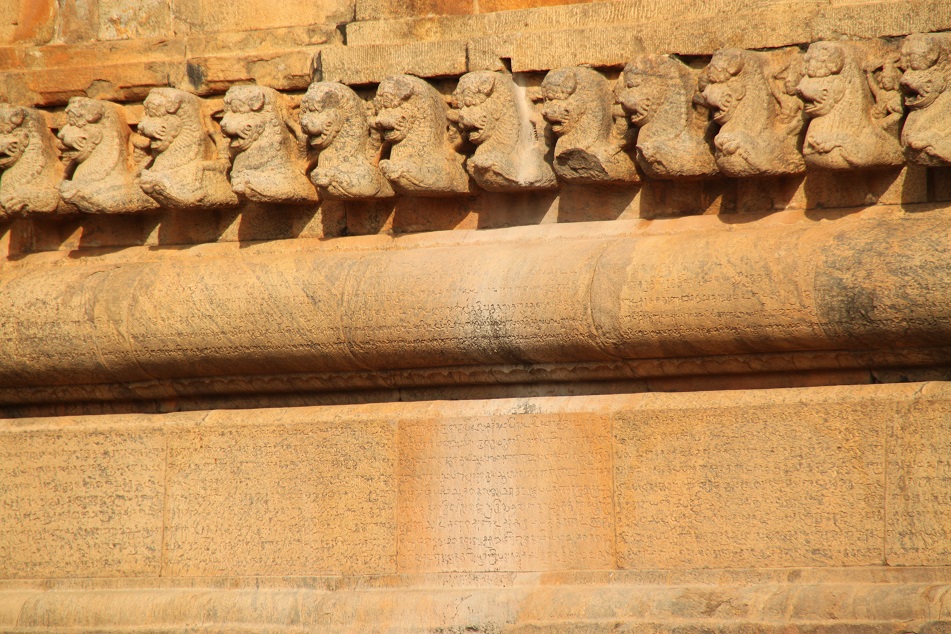
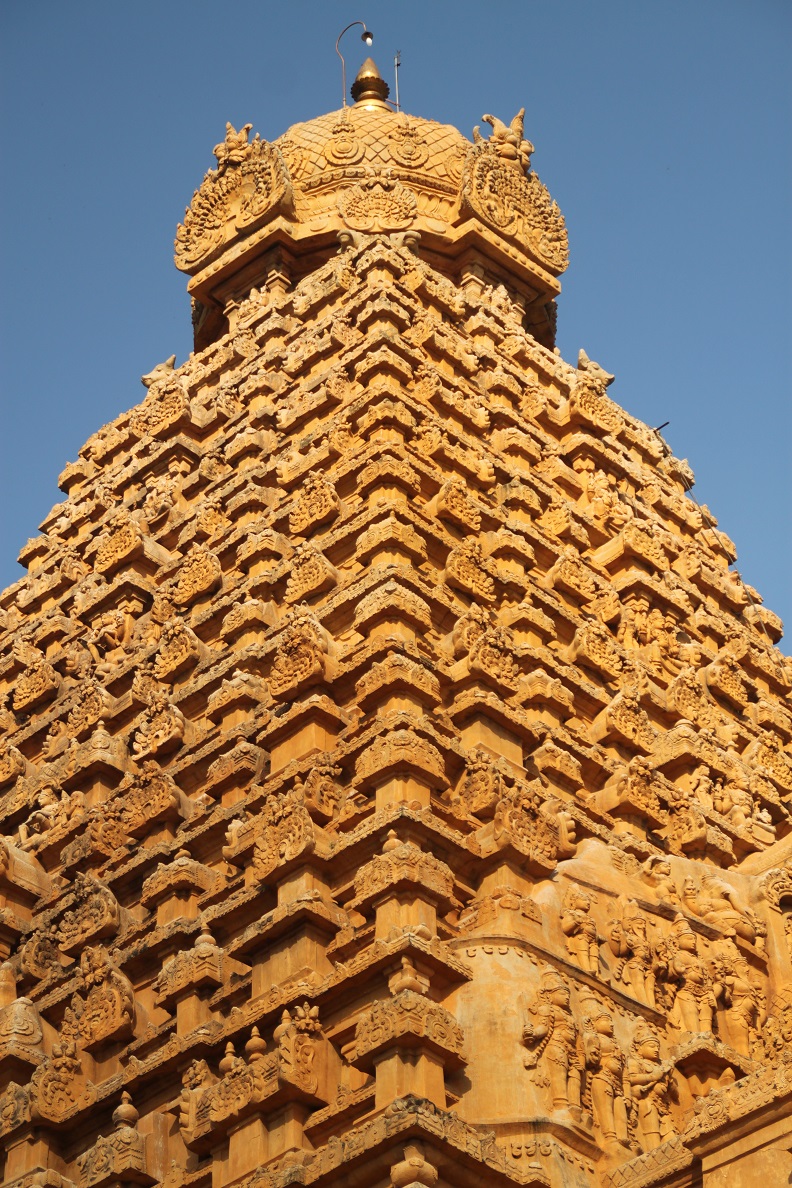
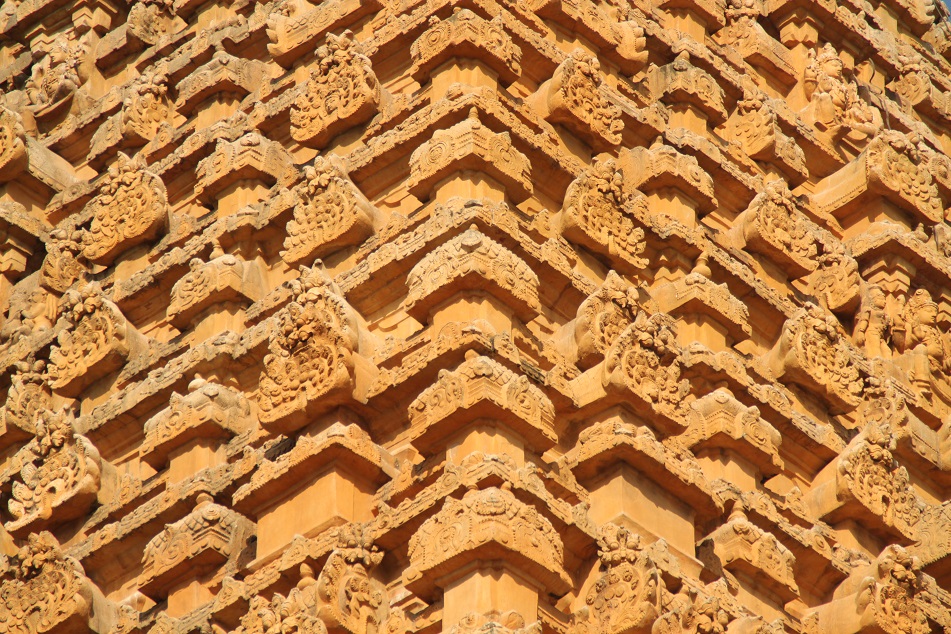
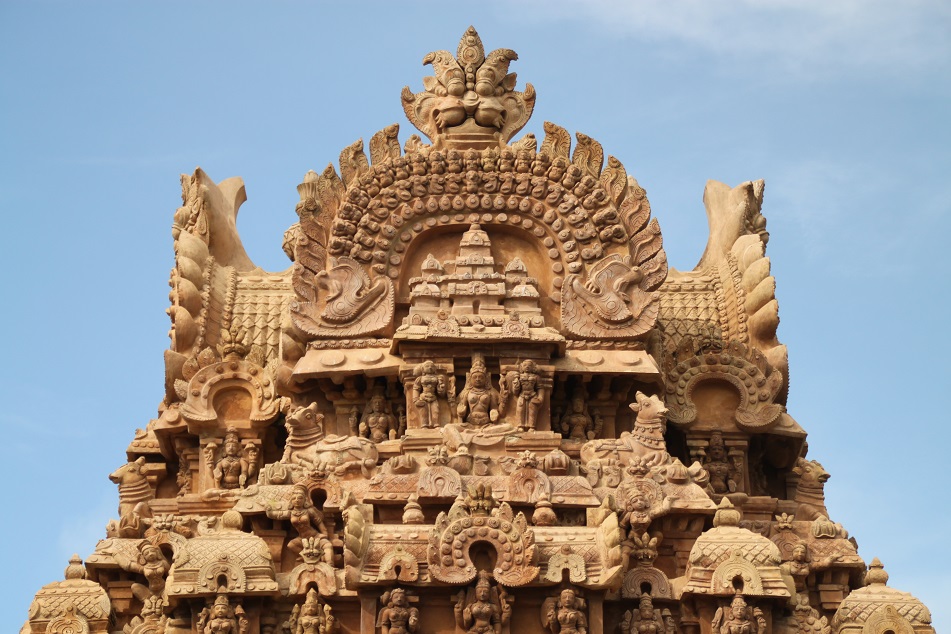
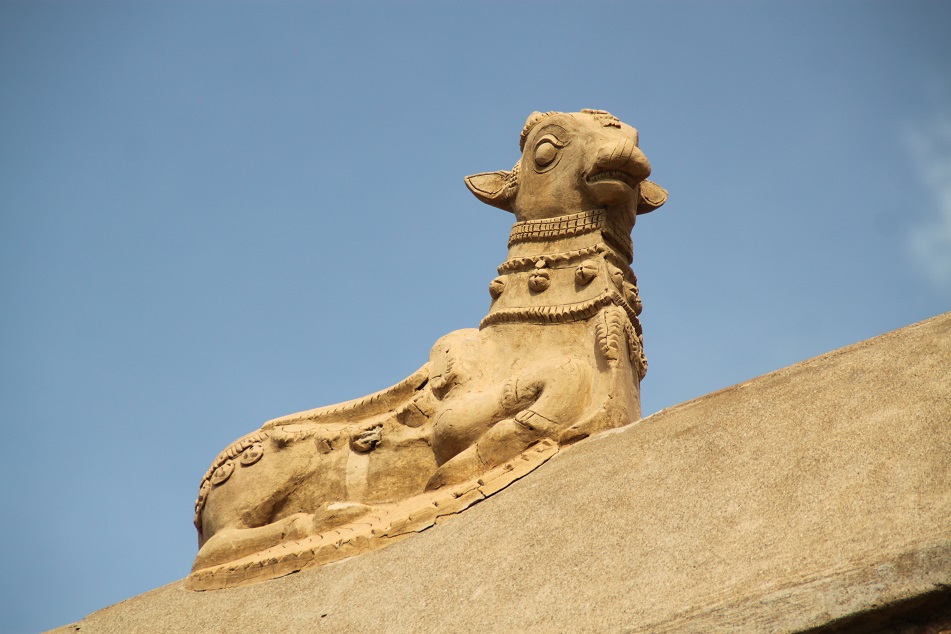
Great Post
LikeLike
Thanks for reading, Mukul.
LikeLiked by 1 person
my pleasure
LikeLike
Bama… what a beautiful gallery!! Sampai nahan nafas bacanya (lebay dikit deh hehe), dan atap itu… atap yang serupa dengan candi yang dibangun di My Son.
Dan saya belum bisa membayangkan kemegahannya sampai lihat foto perbandingan dengan orang… wah bener2 jadi kayak dwarf (suka banget bahasamu) hahaha…
LikeLike
Makasih mbak. Ya sebagai sesama pecinta candi kebayang lah gimana bisa sampe nahan nafas liat candi yang cantik kayak Brihadeeswarar ini. Nah, pas tempo hari saya cari foto My Son, atapnya langsung mengingatkan saya sama fitur arsitektural serupa di Tamil Nadu, meskipun versi di India selatan ini jauh lebih detil dan rumit hiasannya. Brihadeeswarar ini memang tinggi banget, pas saya jalan dari hotel beberapa ratus meter sebelum sampai sudah kelihatan puncak vimana-nya, sedangkan badannya tersembunyi di balik tembok luar.
LikeLike
Insane that these ancient sites just sit there, a couple of meters or kilometers away from a buzzing city, telling of a completely different world where building these kinds of temples was pure hardship. As always beautiful shots!
LikeLike
Some ancient temples are indeed located not too far from city centers — an indication that people in some places opt to stay and run businesses in the same spot their ancestors once did. In this case, such ancient site often provides a refuge from the city’s hustle and bustle. Thank you for your kind comment, Katha.
LikeLike
This is very, very good and detailed description. Thank you Bama, tempts me to visit this place. Bama, If you haven’t already may be you should visit Hampi as well. You can find Hampi and my other travel blogs here: https://www.tripoto.com/trip/the-all-mesmerizing-trip-to-hampi-626052
LikeLike
Hi Vivek. Thank you! Actually I also went to Hampi during my one-month trip to the southern part of India, and I loved it. It was very peaceful, I had some great food, and of course, I loved all the magnificent ancient sites. The story of Hampi will start Chapter 2 of this Spice Odyssey series.
LikeLike
Oh that is great. I will be waiting for it. 🙂
LikeLike
Wow excellent shots..very detailed post…
LikeLike
Hi Arun. Thanks! I’m glad you liked them. This is as concise as I could go, given the long and often convoluted history of the Cholas and other Tamil dynasties. 🙂
LikeLiked by 1 person
Bama, it amazes me how the histories of India and Indonesia are so closely intwined. How clever (and devious) of the Cholas to sneak up on Palembang like that! It’s a shame that so little of the Srivijaya Empire remains today – I suppose the city was completely razed by their Indian rivals.
Brihadeeswarar Temple was jaw-dropping in its scale and grandeur. Good thing our hotel was within walking distance so we could go several times. The sense of awe that I felt there never diminished. As usual, you took some fabulous shots of the sculptural details. 🙂 I have a feeling the ancient Tamils never painted the temple as garishly as its modern counterparts!
LikeLike
Yet, today people from both countries seem to lose that connection somehow. Traveling to India, especially the southern part, really opened my eyes with how deeply connected India and Indonesia were once. I also wonder about the lack of Srivijaya remains around Palembang; the temples at Muaro Jambi, built by the kingdom of Malayu after the fall of Srivijaya, are in a much better condition.
I was also glad that the temple was just a few minutes’ walk away from our hotel. I think we went back three times. 😀 Speaking of paint, actually Madhu told me a while ago that she believed Brihadeeswarar was painted once, although with natural dyes. But I guess the three of us are relieved that it was not ‘restored’ to its former colors. 🙂
Thanks James!
LikeLiked by 1 person
Amazing how beautifully preserved these ancient buildings are. I bet Rajaraja’s exploits don’t appear in any SINhalese text book.
LikeLike
Brihadeeswarar and two other temples in Tamil Nadu are listed as UNESCO World Heritage Sites; the locals are very proud of the legacy of past Tamil dynasties, hence the well-preserved ancient temples. I believe the Sinhalese perceive Rajaraja (and other Chola kings) as foreign invaders as they controlled much of the island several times.
LikeLiked by 1 person
And, unfortunately, still hold that view of the Tamils
LikeLike
I wouldn’t say all Sinhalese hold the same view, but unfortunately many still look back to history to perceive present-day people.
LikeLiked by 1 person
It’s amazing to see all these sites. You truly make your blog name What an Amazing World come alive. We would love to discover the South of India, I also believe this part of India has so many ancient places to discover. The temples in your post do remind me a bit of the Khajuraho ones in the North of India. Are they related or is that just coincidence? Anyway, these kinds of images make my wanderlust grow again!
LikeLike
Thanks Emiel. I have never been to the other parts of India, but I was told that the south was less chaotic — my friend and I thought it was still chaotic though. I’m not sure if the temples in Khajuraho and the ones in Tamil Nadu are related, but I won’t be surprised if past cultural exchanges did leave their mark in different parts of the Indian subcontinent. Go explore the world again, Emiel! 🙂
LikeLike
Great detail post Bama!
LikeLike
Thank you, Indah! You know how much I love ancient temples and their history. 🙂
LikeLike
Wow, that was a great story, Bama! Seru banget ceritanya, mas. I think it will be nice to be adapted on movies, lol. But honestly I’ve just heard the Chola Empire and surprised that they were a great empire of India and Asia. Now I got the connection between Srivijaya, Khmer, and this Chola Kingdom.
Thank you for sharing and for your detailed pictures, as usual 🙂
LikeLike
A movie of the Cholas would be great, I believe. For me, prior to starting to read about the Indian dynasties, I only vaguely remembered the Cholas from history books at school. It’s really nice to refresh such long lost memory by visiting places that have connection with events or people mentioned in history lessons. So many things make more sense now as I travel more.
Thank you Nug for such a kind comment, and also for reading. 🙂
LikeLiked by 1 person
I have never known of this fantastic history ~ I feel a little embarrassed, as the Cholas, I believe, should be taught in all school book. An amazing story and you also bring it to life so well with both words and photos. I have a very limited experience with Tamils (in Sri Lanka, where the caste system there is not kind to them), and reading this generates a feeling of pride within me (and that is something considering my Celtic ancestry). The power of a great story well told.
LikeLike
No need to feel embarrassed, Randall. This is one big world after all, where kingdoms and empires rose and fell over the course of millennia. It is by sharing in the blogging world like this do we all become more aware of one another. Apart from India and Sri Lanka, there is also a considerably large Tamil community in Southeast Asia, notably in Malaysia, Singapore and North Sumatra in Indonesia. Would you ever consider retracing your Celtic ancestry all the way to Europe? That must be a very revealing journey. Many thanks for your kind words, Randall.
LikeLike
A remarkably detailed post Bama! Tamil culture truly reached its zenith under the Cholas and it is evident in the refinement of their temples. I am not much of a temple goer, but I was blown away by the Brihadeeswara temple and its strangely peaceful vibe. Madurai, although much larger in scale, didn’t quite have the same effect. I happened to revisit on the morning of Shivratri – the main Shaivite festival – and it was amazing.
PS: I believe it was originally painted, but with organic dyes very unlike the fluorescents in use today. I was aghast to see the Gangaikonda Cholapuram spires coated with a pale pink primer!
LikeLike
Thanks Madhu! Actually James and I also felt the same. Once we walked through the second gopuram, there was this peaceful and relaxing feeling — it was one of the few places that we went to in India which gave us such vibe. 🙂 We decided to go there two more times. It would have been even more memorable if we were there during the festival, I believe.
Prior to our visit to Tamil Nadu, I did some research on all the three Chola temples. I wasn’t so sure of visiting the one in Gangaikonda Cholapuram exactly because of the reason you mentioned. Looking bright and new doesn’t necessarily mean looking good. But I guess this is a matter of personal taste, and we happen to be in the same boat.
LikeLike
Wow, such exquisite details in all of the carvings. India is moving quickly to the top of my travel list. I hope to go with enough time to see a lot of the country, including the treasures you’ve shared here. Thanks for the continued inspiration!
LikeLike
India was chaotic, overwhelming, challenging, but if you ask me if I want to go back there, for sure I do, but maybe not in the near future. 🙂 The ancient temples there are stunningly beautiful, and to learn about the past connections between Indians and Indonesians really gave me so many things to ponder. I’m eyeing on the states of Odisha and Maharashtra for my next trip. Hope you make it to India, Kelly. A little tip: go somewhere nice and easy right after your trip to India. You’ll need it! 🙂 Thanks again for your kind comment.
LikeLike
Pingback: The Great Heritage of Polonnaruwa | What an Amazing World!
This temple is one among the “Great Living Chola Temples”, A UNESCO world heritage site. There are 2 more temples in this list: Brihadeeswarar Temple at Gangaikonda Cholapuram and Airavatesvara Temple at Darasuram
LikeLike
Exactly, and I also went to the one in Darasuram. However the temple was inundated when I was there so I could only take photos from the outside. Maybe better luck next time!
LikeLiked by 1 person
Pingback: Bagan Rising | What an Amazing World!
Pingback: Anuradhapura: The Advent of Buddhism in Sri Lanka | What an Amazing World!
Pingback: Chennai: An Enduring Charm | What an Amazing World!
Pingback: Thanjavur and the Doctrine of Lapse | What an Amazing World!
Pingback: Madurai: Under the Watchful Eyes of 1,000 Gods | What an Amazing World!